By Louise Irvine
The adult fascination for miniatures and dollhouses can be traced back to Holland and Germany in the 17th century when they were status symbols to be viewed and admired. Cabinet houses, which were often given as wedding gifts, were filled with luxurious artifacts to display the family’s affluence. Women commissioned tiny works of art from expert craftsmen to furnish miniature replicas of their homes.
One of the most exquisite cabinet houses from the Dutch Golden Age is in Amsterdam’s Rijksmuseum and it inspired the international bestseller The Miniaturist by Jessie Burton. The TV adaptation, which can be viewed on PBS Masterpiece, shows how the tiny creations of the miniaturist mirror what is happening within a Dutch merchant’s household in uncanny and unsettling ways.
In the 18th century, aristocratic young ladies in Europe were taught domestic virtues through dollhouses and it was not until the 19th century that miniature houses became more associated with children’s play. However, they never lost their attraction for grown-ups as can be seen in two of the world’s most famous dollhouses.
Queen Mary’s Dolls’ House
Visitors of all ages flock to see Queen Mary’s Dolls’ House at Windsor Castle near London where it raises money for royal charities. The house was designed by the distinguished architect Sir Edwin Lutyens and it was a symbolic gift to the monarch from a grateful nation after World War One. Queen Mary enjoyed collecting tiny objets d’art and the idea was to create a “time capsule to enable future generations to see how a King and Queen of England lived in the 20th century and what artists and craftsman of note there were during their reign.” There were more than 1,500 miniature contributions and the house incorporates electric lighting, running water, and flushing toilets. Potteries in Staffordshire and London were invited to produce tiny ceramics for the house and Royal Doulton made stoneware storage jars for the kitchen and monogrammed bone china dinnerware.
Colleen Moore’s Fairy Castle
Royal Doulton also produced crested china for Colleen Moore’s extravagant Fairy Castle, which has been at the Museum of Science and Industry in Chicago since 1949. Colleen Moore was one of the most popular film actresses of her time and she built a fantastic dream home in miniature with the help of more than 700 artists and craftsmen working on the décor for nearly nine years. During the Great Depression, the fairy castle toured the country to raise funds for children’s charities. The designer of the castle, Harold Grieve, claimed the period style was “Early Fairy” and the rooms feature Sleeping Beauty’s bed, King Arthur’s Round Table and paintings of Alice and friends from Wonderland. Cinderella’s tiny slippers were specially created by a talented glassblower in Michigan. In the bathroom adjoining the regal bedchamber, two mermaids guard the bathtub while the Princess bathroom tells the story of Undine, the water sprite on the walls of the crystal bath.
The publicity surrounding these spectacular dollhouses led to an international vogue for collecting miniatures in the 1920s and 30s. Craftsmen, like Alex Meiklejohn, have continued to produce tiny works of art which are much more challenging to make than their standard-size counterparts. Today’s collectors can have fun filling shadowboxes and room sets with Alex’s huge selection of miniature treasures for sale at WMODA and create a “peep show into paradise.”
Read more about...
Alex Meiklejohn - Tiny Treasures
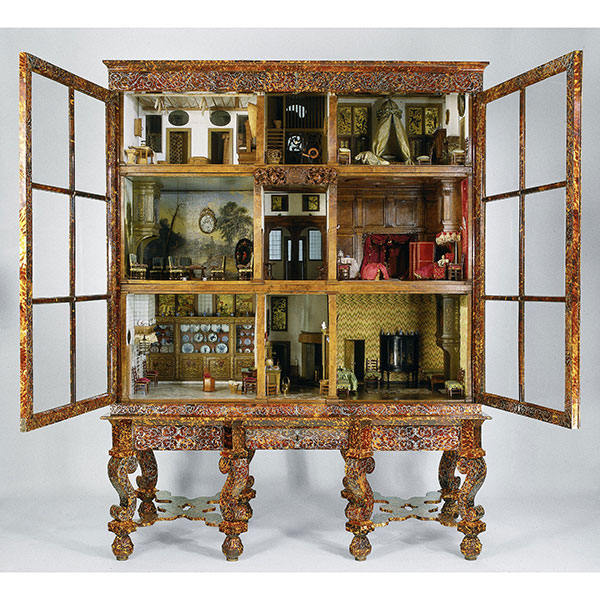
Cabinet House of Petronella Oortman Rijksmuseum, Amsterdam
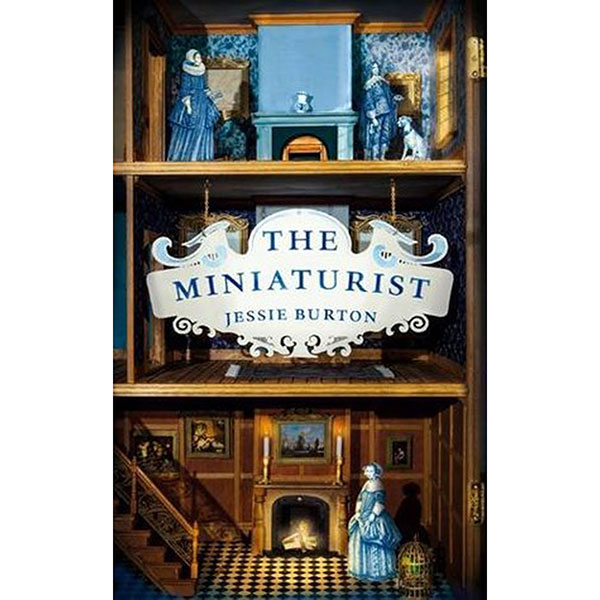
The Miniaturist by Jessie Burton
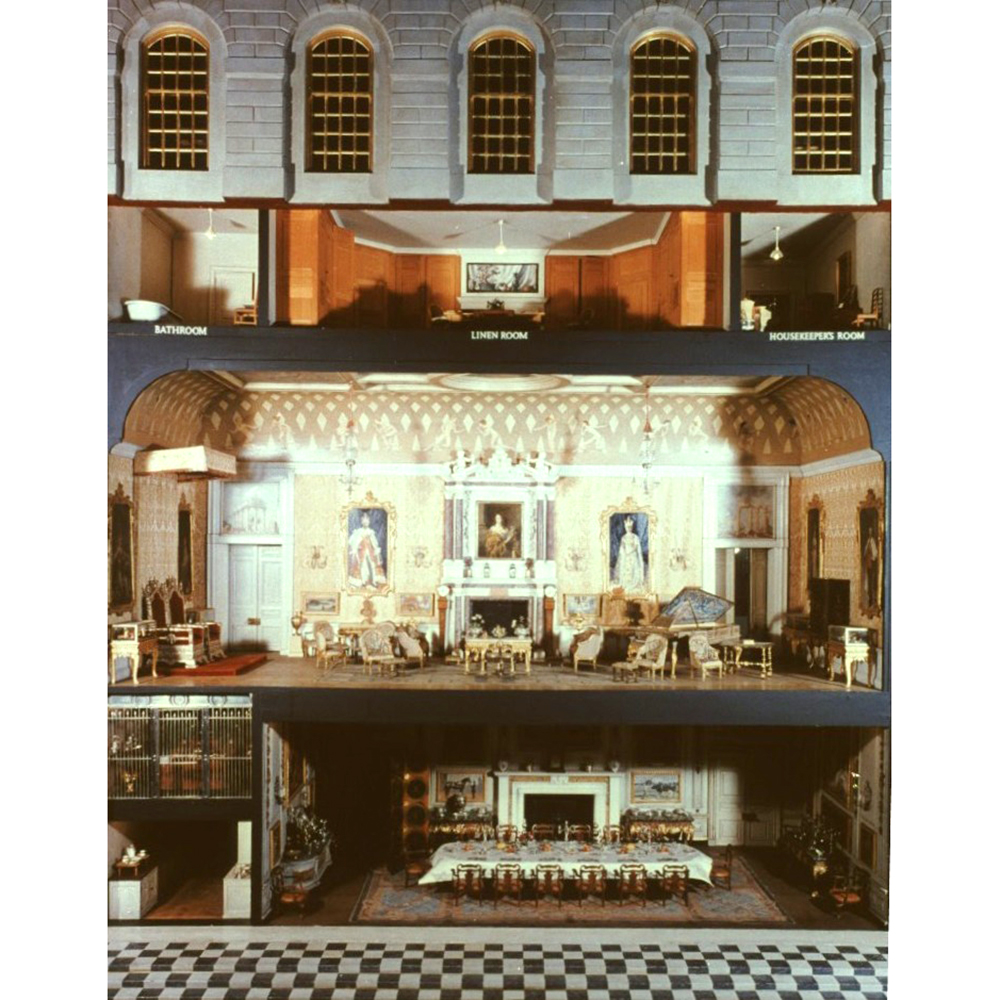
Queen Mary's Dolls' House
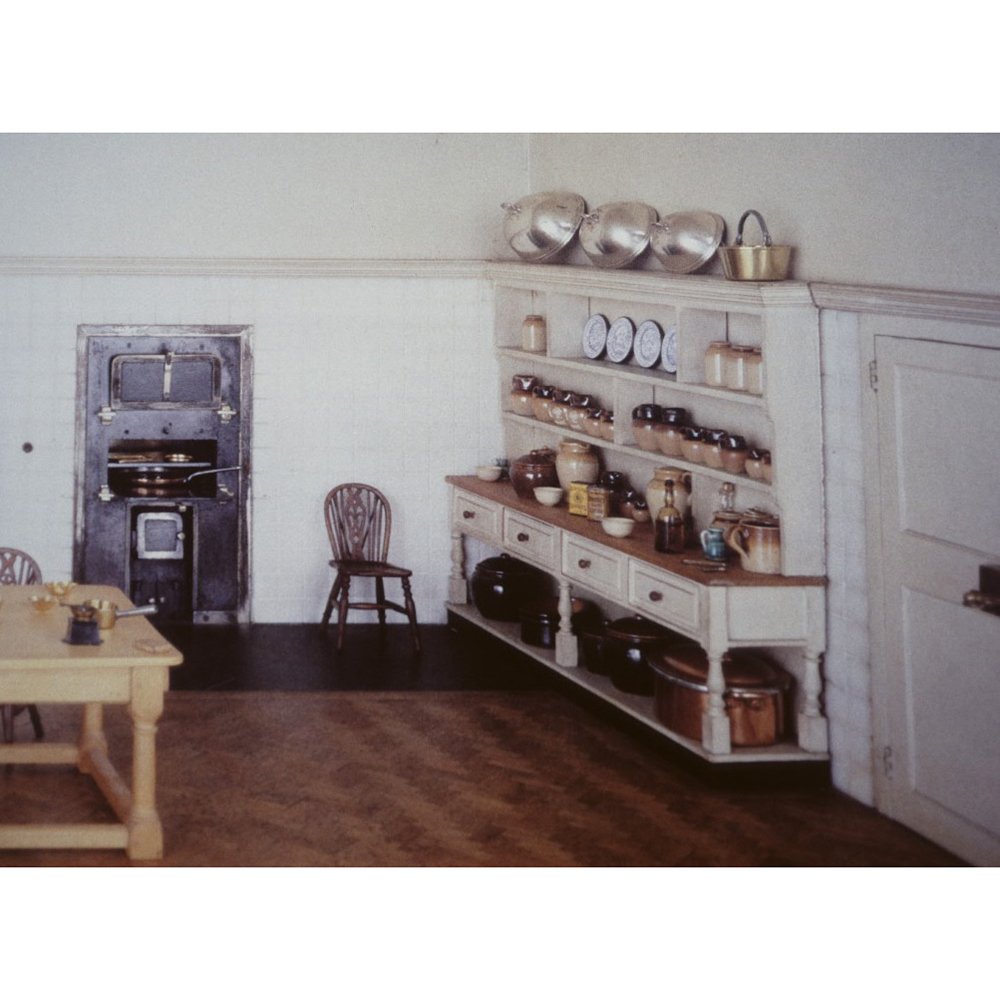
Queen Mary’s Dolls’ House Kitchen
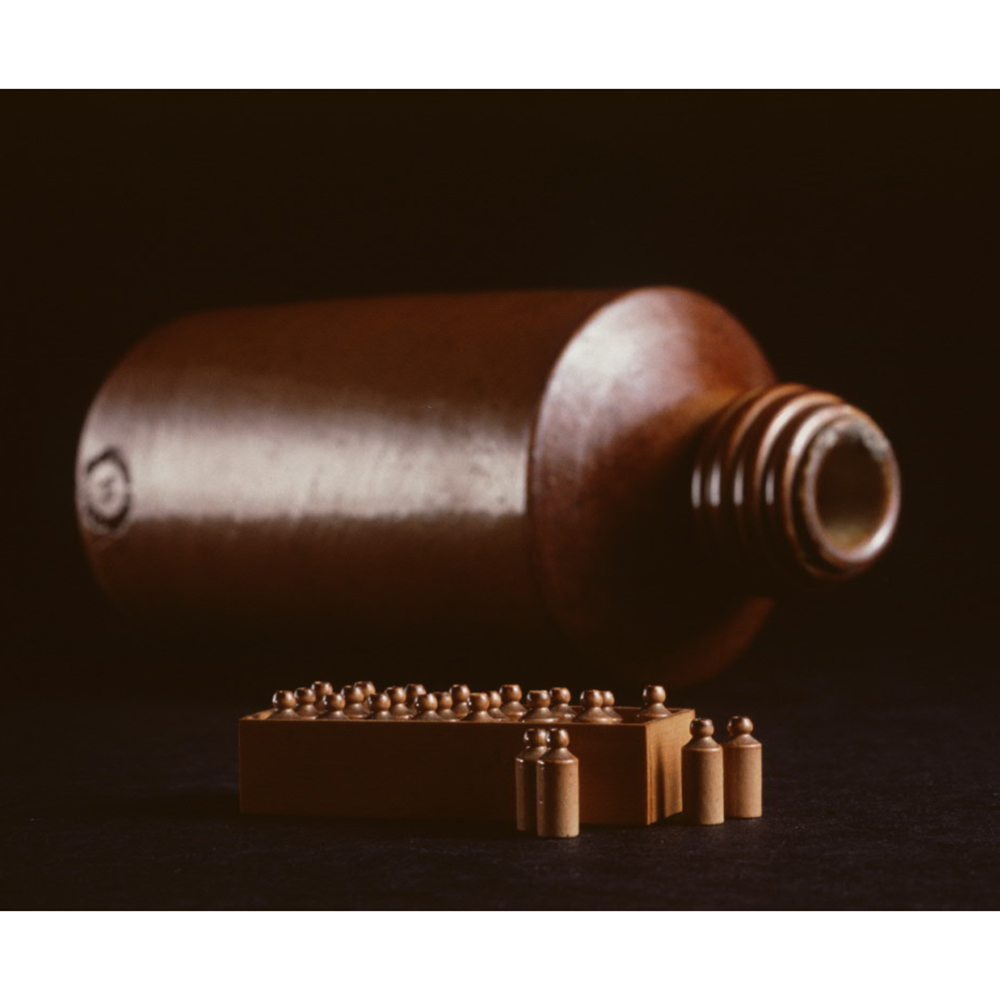
Royal Doulton Minis for Queen Mary’s Dolls’ House
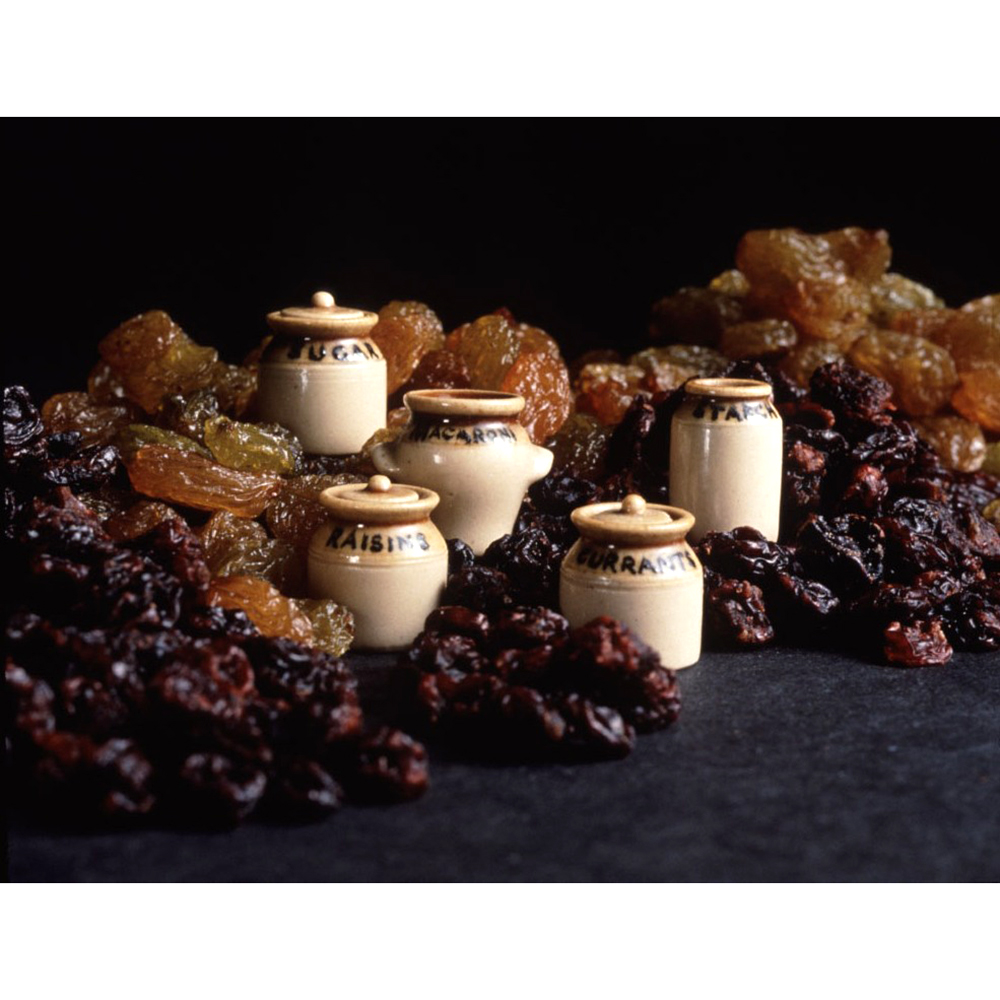
Royal Doulton Minis for Queen Mary’s Dolls’ House
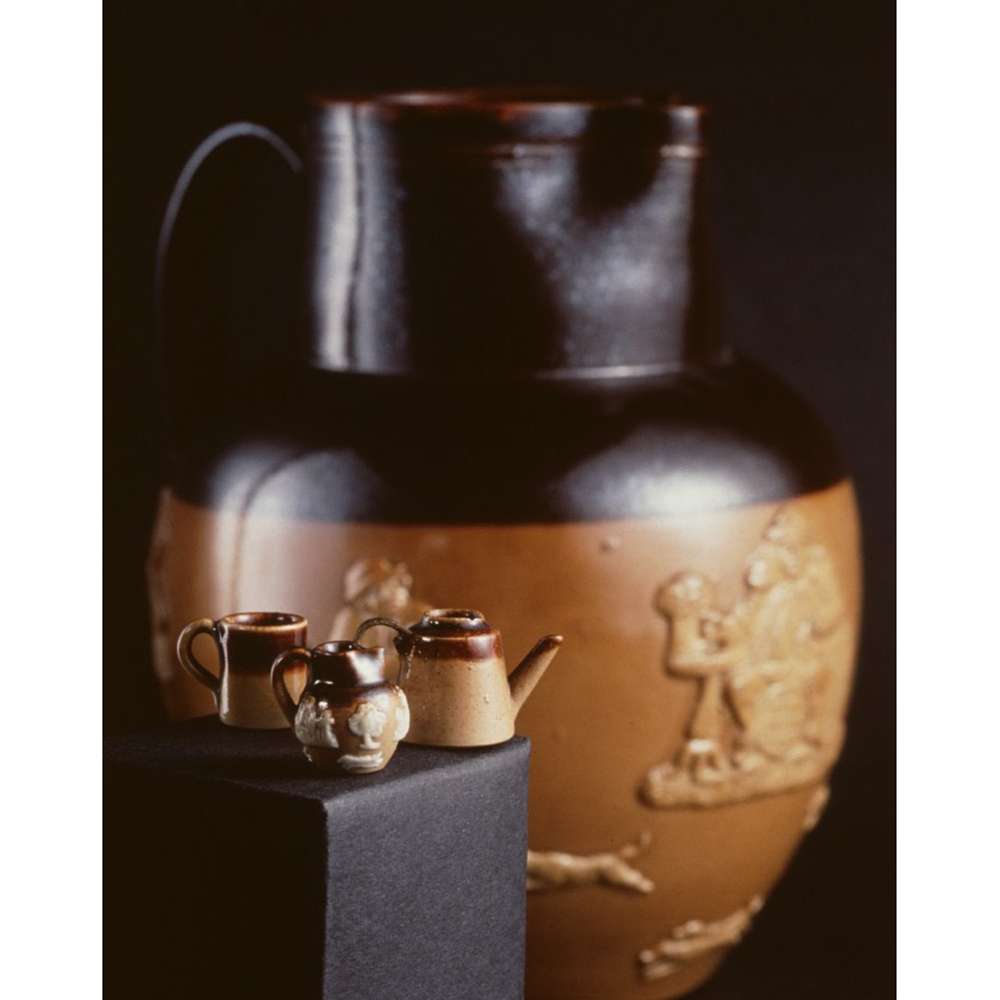
Royal Doulton Minis for Queen Mary’s Dolls’ House
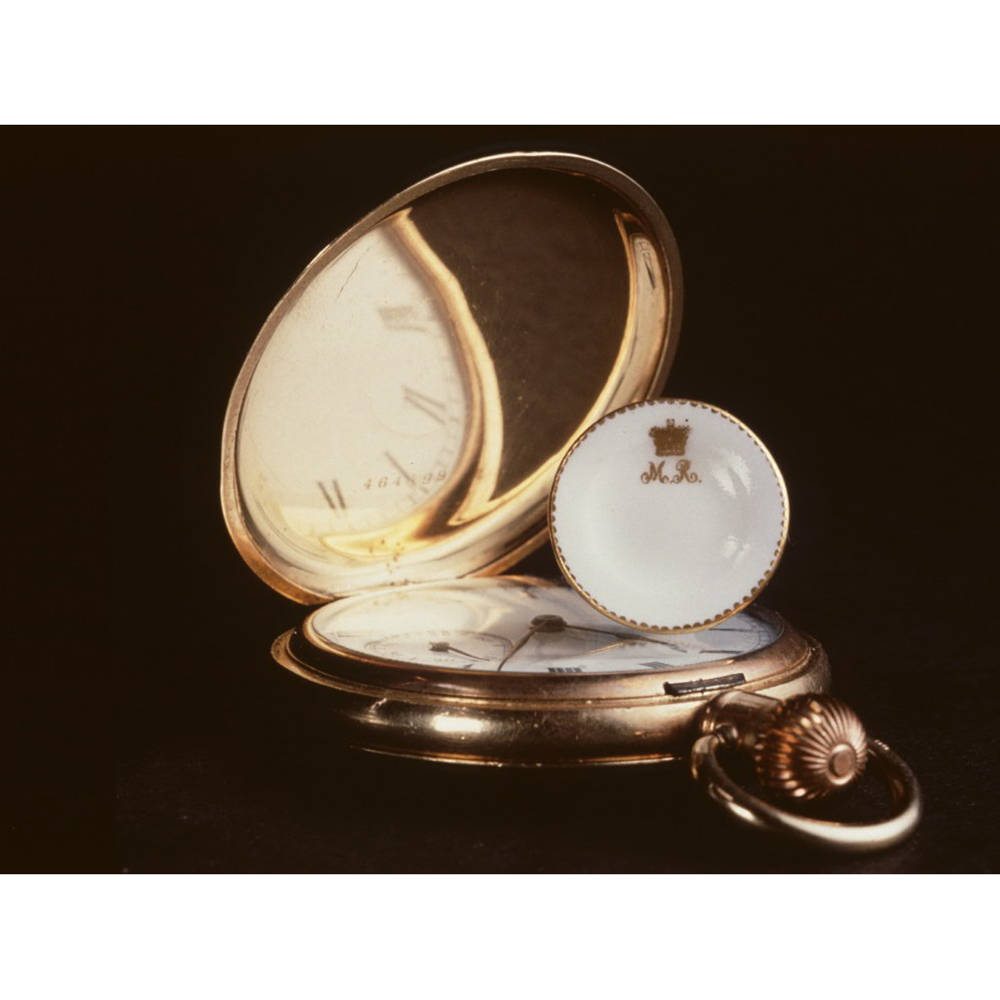
Royal Doulton Minis for Queen Mary’s Dolls’ House
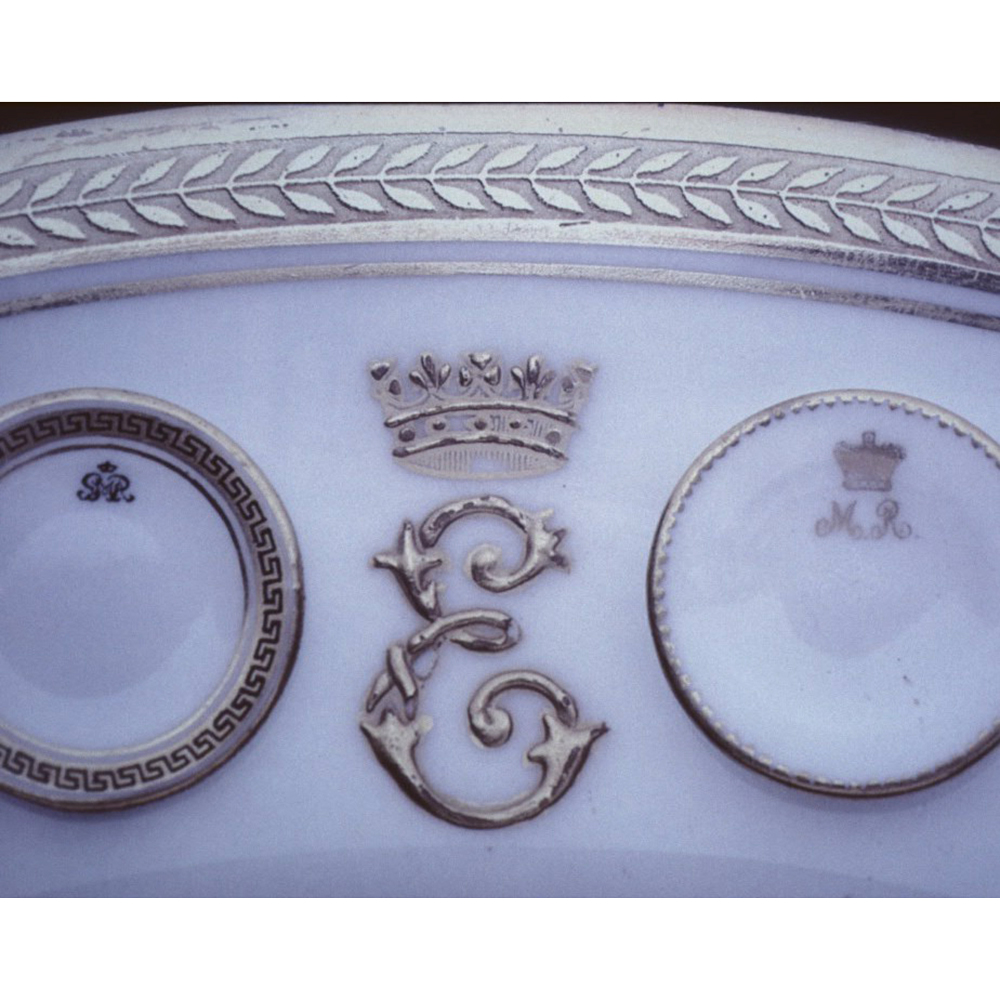
Royal Doulton Miniature Tableware with Queen Mary’s Monogram
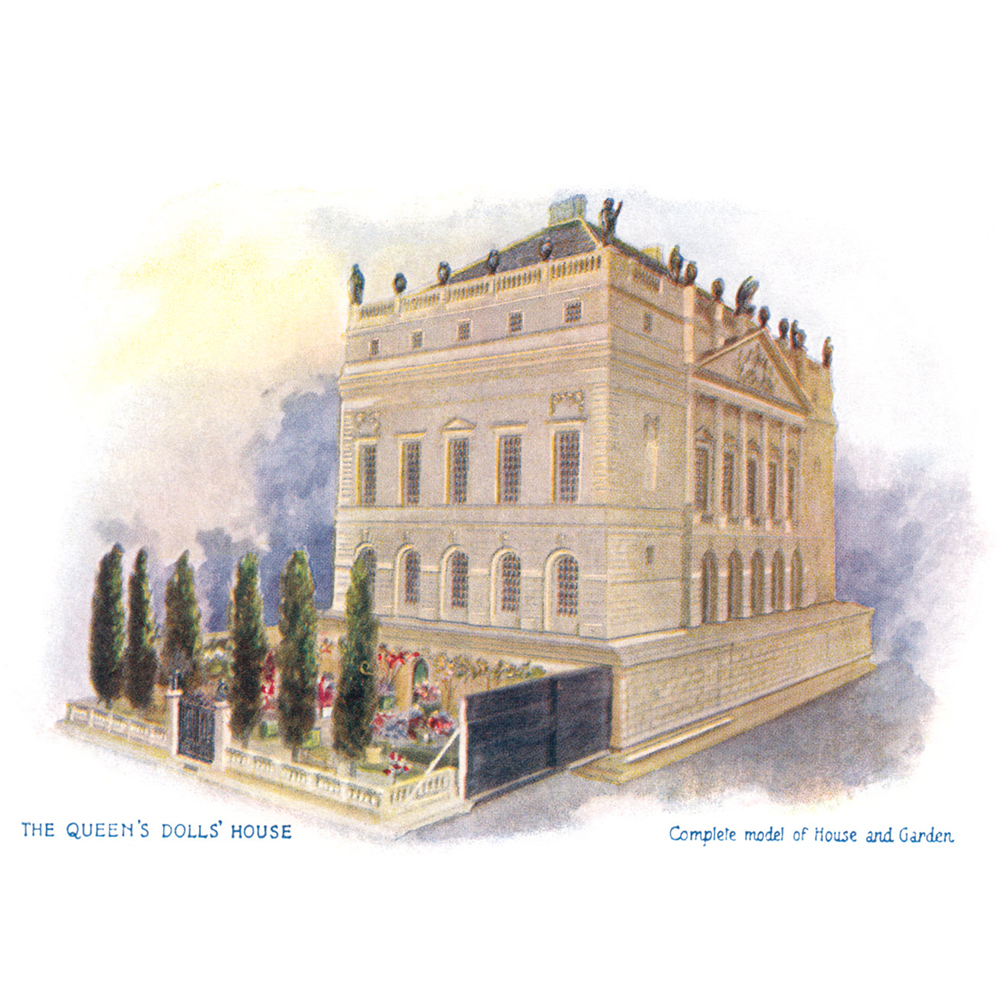
Raphael Tuck Postcard of Queen Mary’s Dolls’ House
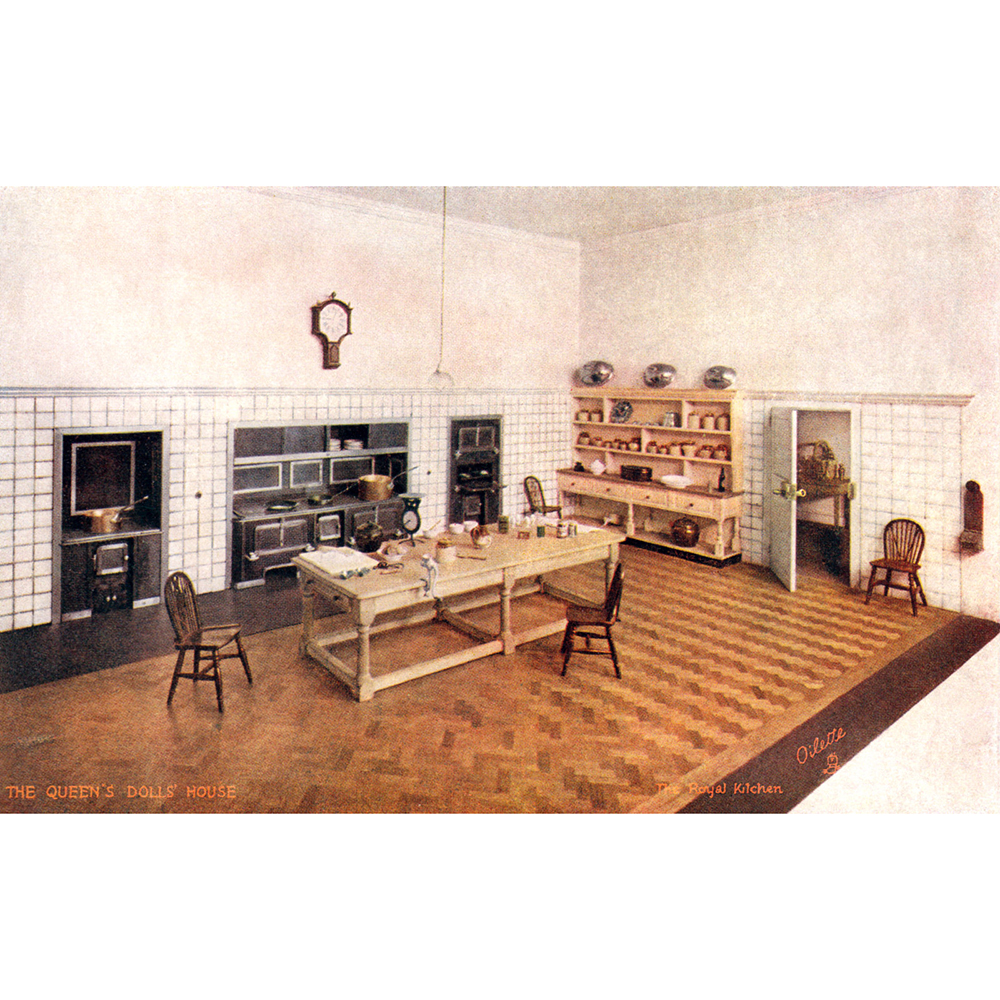
Raphael Tuck Postcard of Queen Mary’s Dolls’ House Kitchen
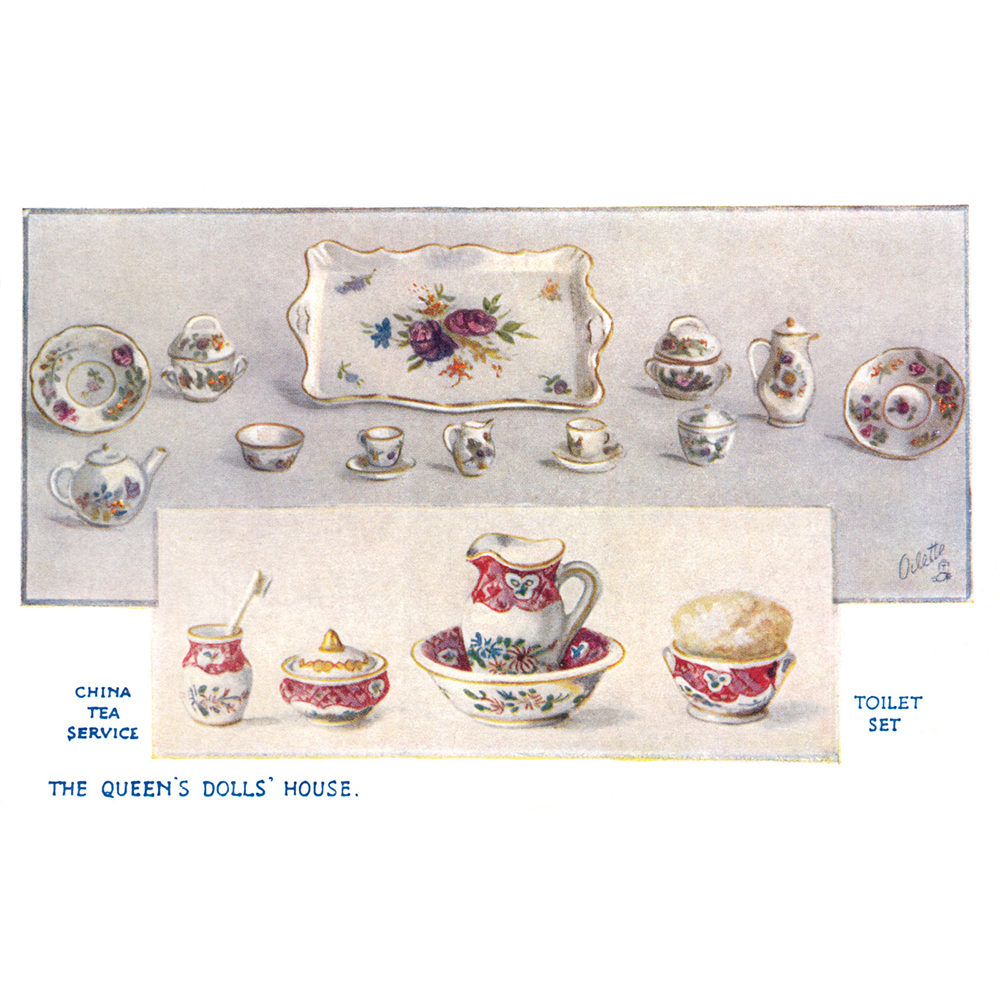
Raphael Tuck Postcard of Queen Mary’s Dolls’ House China
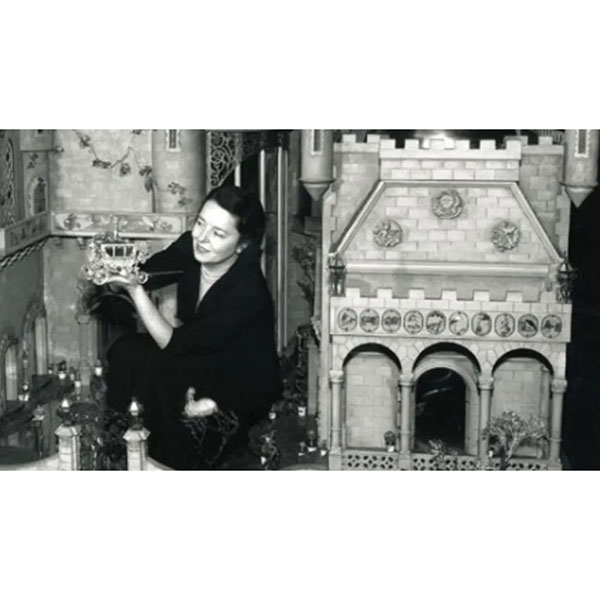
Colleen Moore Fairy Castle
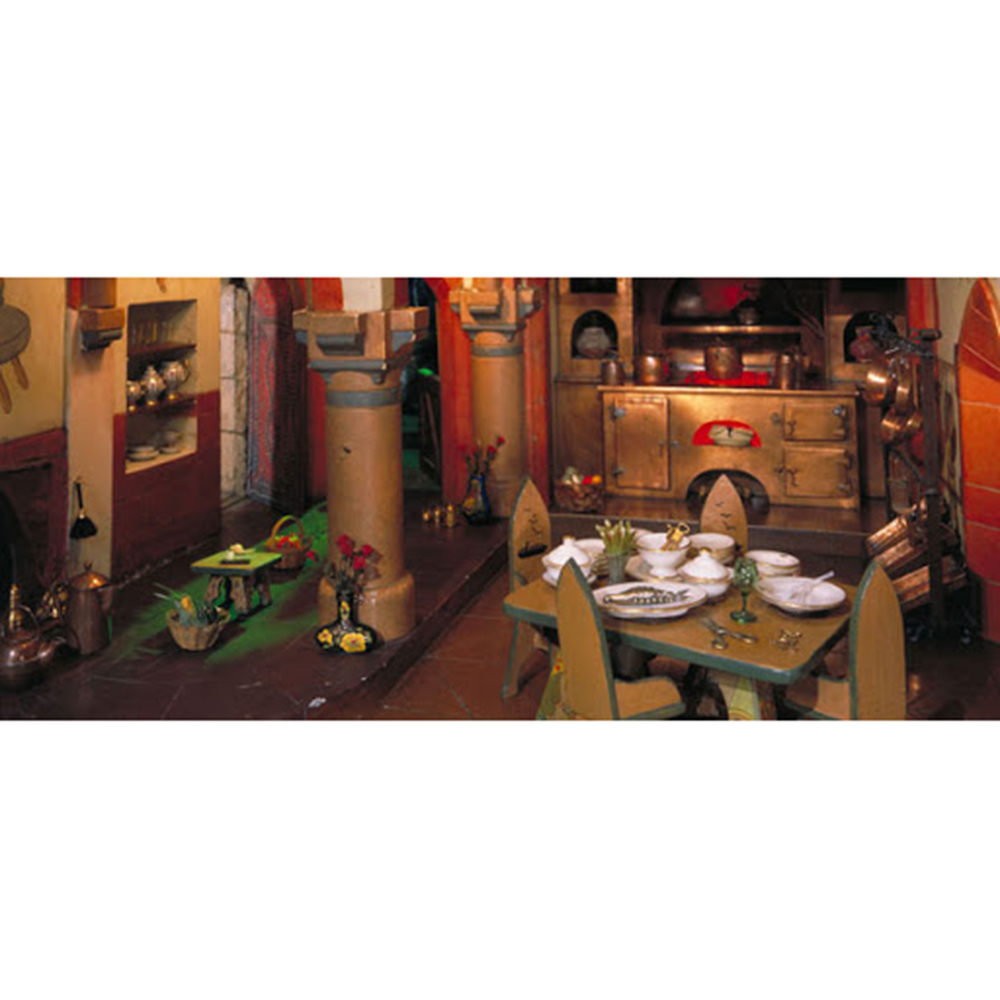
Colleen Moore Fairy Castle Tableware
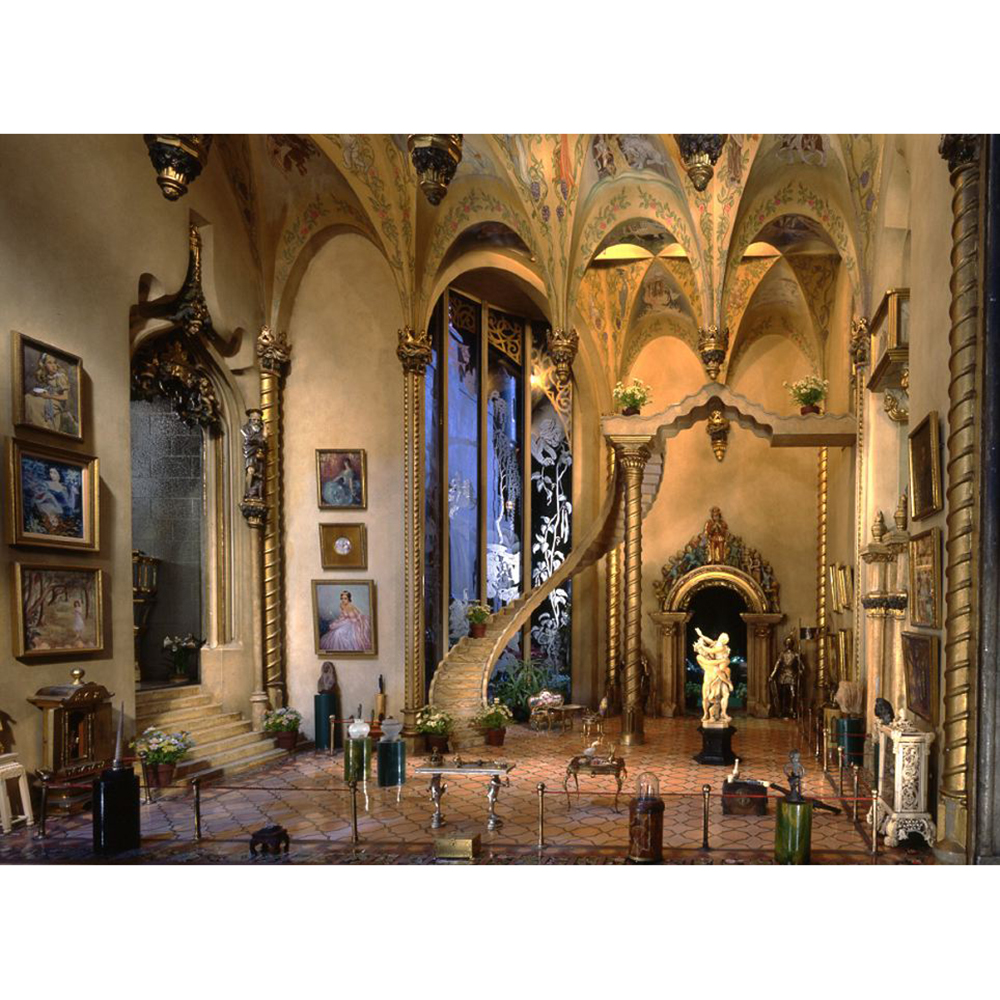
Colleen Moore Fairy Castle
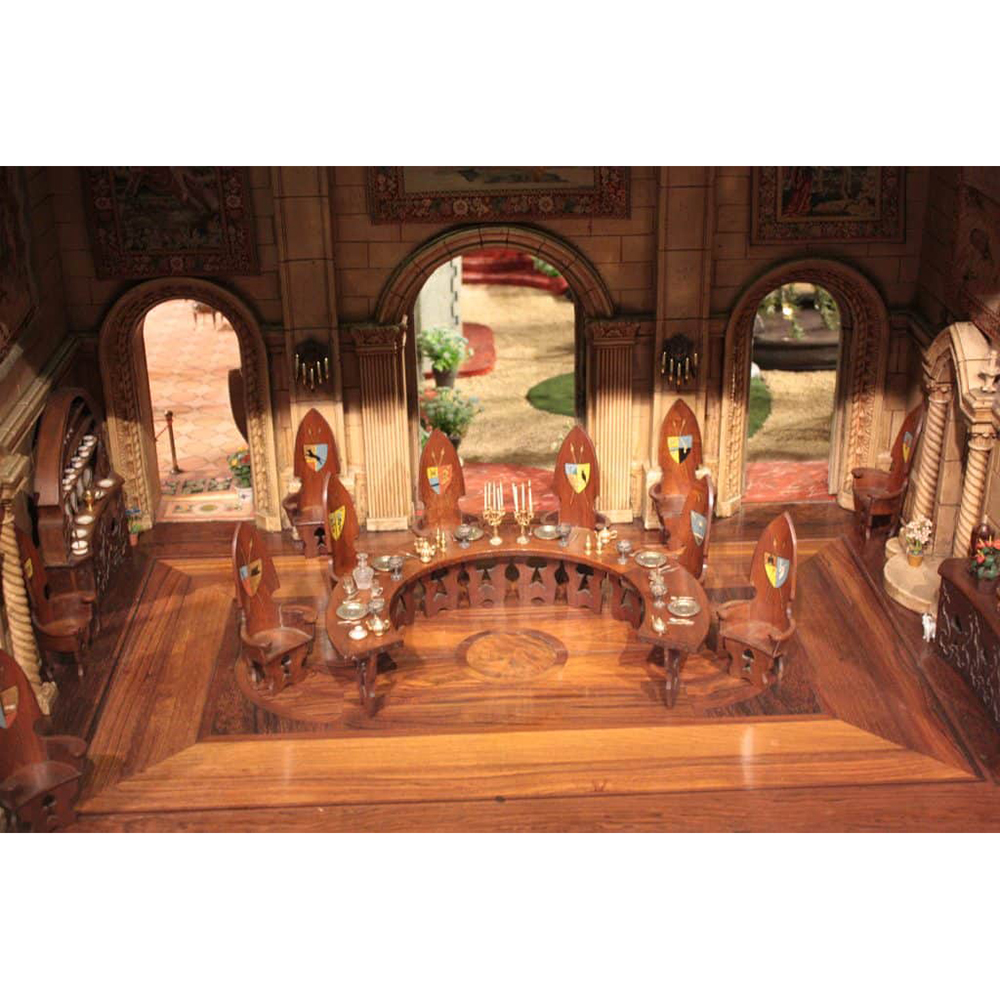
Colleen Moore Fairy Castle room
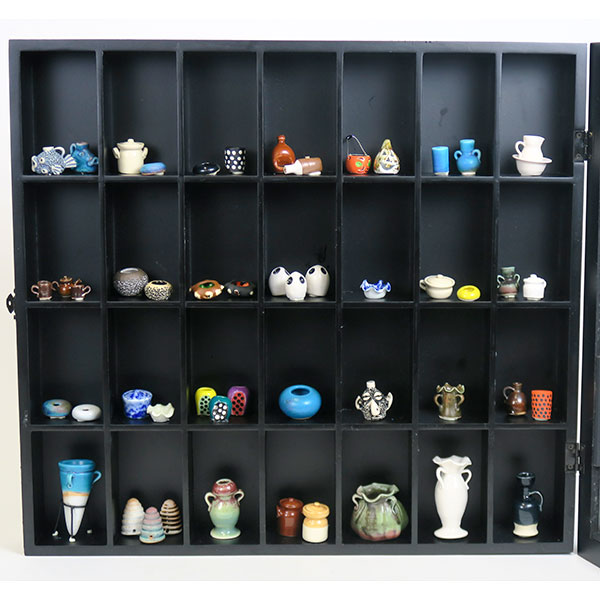
Shadowbox of Miniatures by A. Meiklejohn
